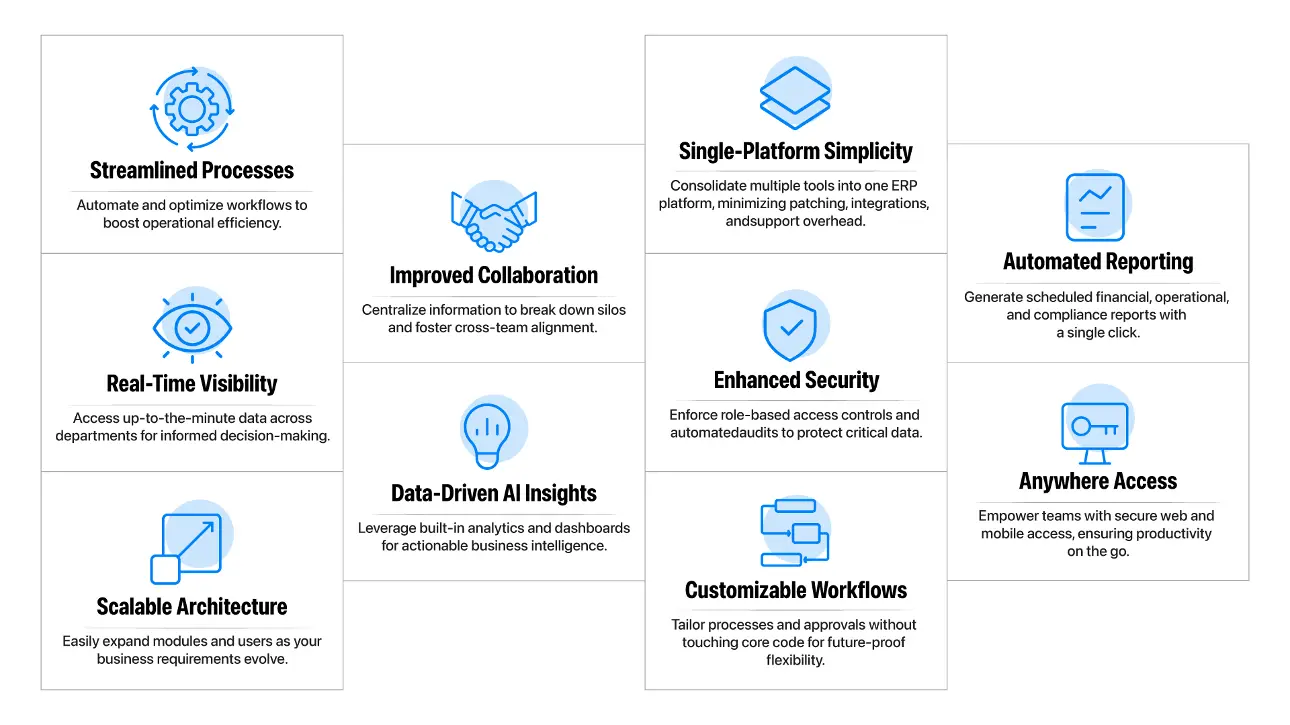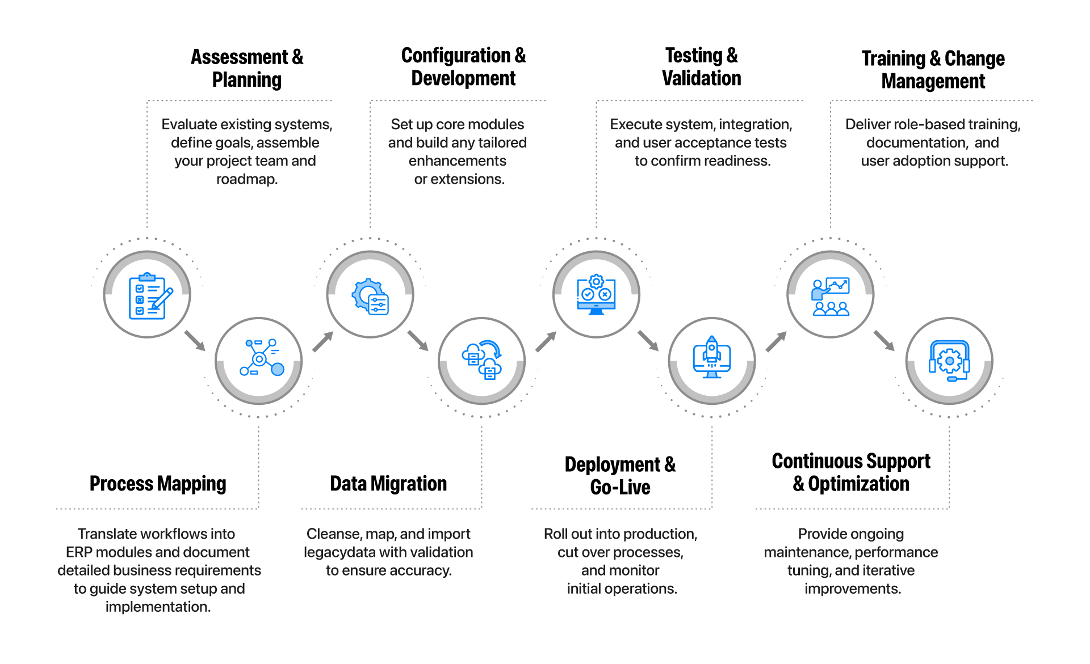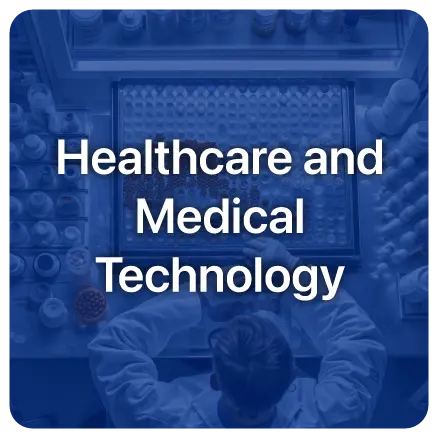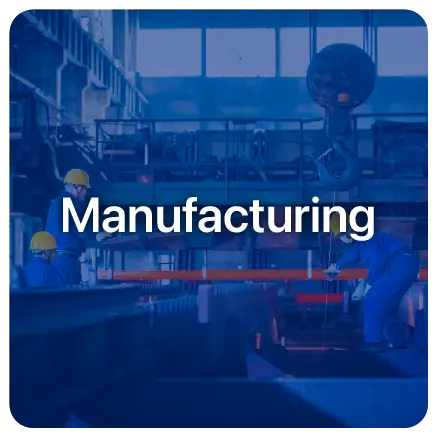One System. All Functions. Limitless Flow.
Scale Confidently with Seamless ERP to Unify, Scale, and Win.
Run every process in sync — from one powerful ERP that brings in centralized control, simplified complexity and readiness to manage your growth.
Our ERP Services
 ERP Implementation
ERP Implementation
From discovery and roadmap creation through configuration, data migration, testing, and go-live, we deliver a seamless ERP rollout. Comprehensive change management and post-launch support ensure rapid adoption and continuous improvement.
 ERP Customization
ERP Customization
We assess your workflows, then extend and adapt core ERP modules—using upgrade-friendly best practice—to automate unique processes without compromising system integrity or system scalability.
 ERP Migration
ERP Migration
Re-align legacy processes and map them into your new ERP system, followed by accurate data cleansing, transformation, and migration—all validated rigorously to ensure minimal downtime, data integrity, and seamless operational continuity.
 ERP Integration
ERP Integration
Connect your ERP to third-party platforms—eCommerce marketplaces, payment gateways, shipping carriers, EDI, accounting software, or other best-of-breed applications —so all systems share real-time data and drive unified, automated workflows.
 Post-Implementation Training & Support
Post-Implementation Training & Support
Benefit from a dedicated support, performance tuning, security patches and role-based training. We keep your ERP up-to-date, secure, and optimized so you can focus on growing your business.
Unified Benefits of Our ERP Solutions

Our ERP Implementation Process

ERP Value Across Your Business Functions
 Sales & CRM
Sales & CRM
Better customer segmentation and targeting with a unified 360° view of customer interactions
- Integrated sales pipeline tracking with automated lead nurturing, sales workflows, and approvals
- Faster quote-to-cash cycle
Accurate demand forecasting
 Procurement
Procurement
- Streamlined purchase requisition and approvals
- Real-time vendor performance tracking
- Automated reordering based on stock levels
- Improved purchase planning and budgeting
 Finance & Accounting
Finance & Accounting
- Real-time financial reporting and analytics
- Automated journal entries and reconciliations
- Seamless tax compliance and audit readiness
- Centralized multi-company, multi-currency support
 Manufacturing
Manufacturing
- Real-time production tracking and scheduling
- BOM and routing automation
- Reduced material waste through lean and accurate planning
- Integrated quality control checkpoints
 Inventory & Warehouse Management
Inventory & Warehouse Management
- Real-time stock visibility across warehouses
- Automated stock movements and replenishment
- Minimized holding costs via optimized stock levels
- Barcode/RFID support for fast and accurate tracking
 Human Resources
Human Resources
- Centralized employee records and self-service portal
- Streamlined payroll and attendance processing
- Performance tracking and appraisal workflows
- Compliance with labor and statutory requirements
 Project Management
Project Management
- Task assignment with clear ownership and deadlines
- Real-time project cost and time tracking
- Visibility into resource allocation
- Integrated billing and milestone tracking
 Retail & POS
Retail & POS
- Unified pricing and promotions across outlets
- Real-time stock sync between store and warehouse
- Faster checkout with integrated payment gateways
- Offline mode to ensure business continuity
When Do You Really Need an ERP?
You’re always firefighting.
Gathering reports from sales, purchase, accounts — and trying to make sense of inconsistent data.
One mistake causes chaos in other department.
A missed entry in sales or purchase creates problems for inventory, delivery, and accounts.
You lose track of customer demands.
No clear record of what was promised, by whom, or when it will be delivered.
You can’t answer: “What’s our current stock?”
Inventory is managed manually or across tools, and no one has real-time numbers.
You’re entering the same data in multiple places.
Sales enters it in one sheet, accounting enters it again — double work, double errors.
You're constantly following up across teams.
“Did the purchase go through?” “Has the order been shipped?” — Too many calls, too little visibility.
You’re drowning in spreadsheets.
If managing stock, orders, or finances means juggling 10 Excel files, it’s a clear sign you’ve outgrown your current setup.
Your staff wastes time on routine tasks.
Approvals, entries, follow-ups — everything’s manual. Your team could do more if the system did more.
No one knows the real numbers.
You can’t measure performance, costing, or delays, so improvements feel like guesses — that's a red flag.
You know you’re growing, but not how.
If your business is expanding but you don’t have insights into which products, teams, or branches are driving it — ERP gives clarity.
Industries Served
Client Testimonials







